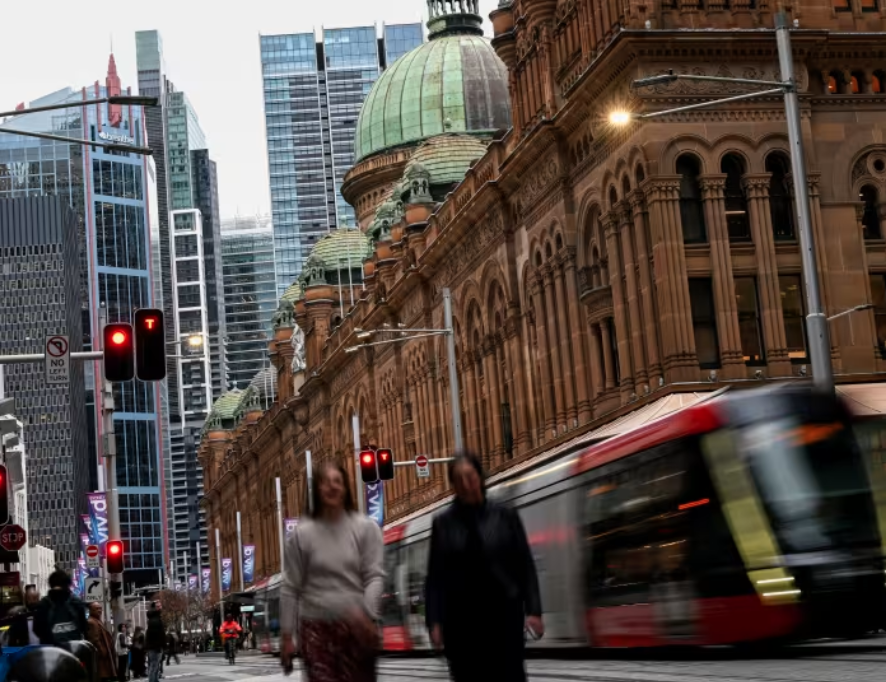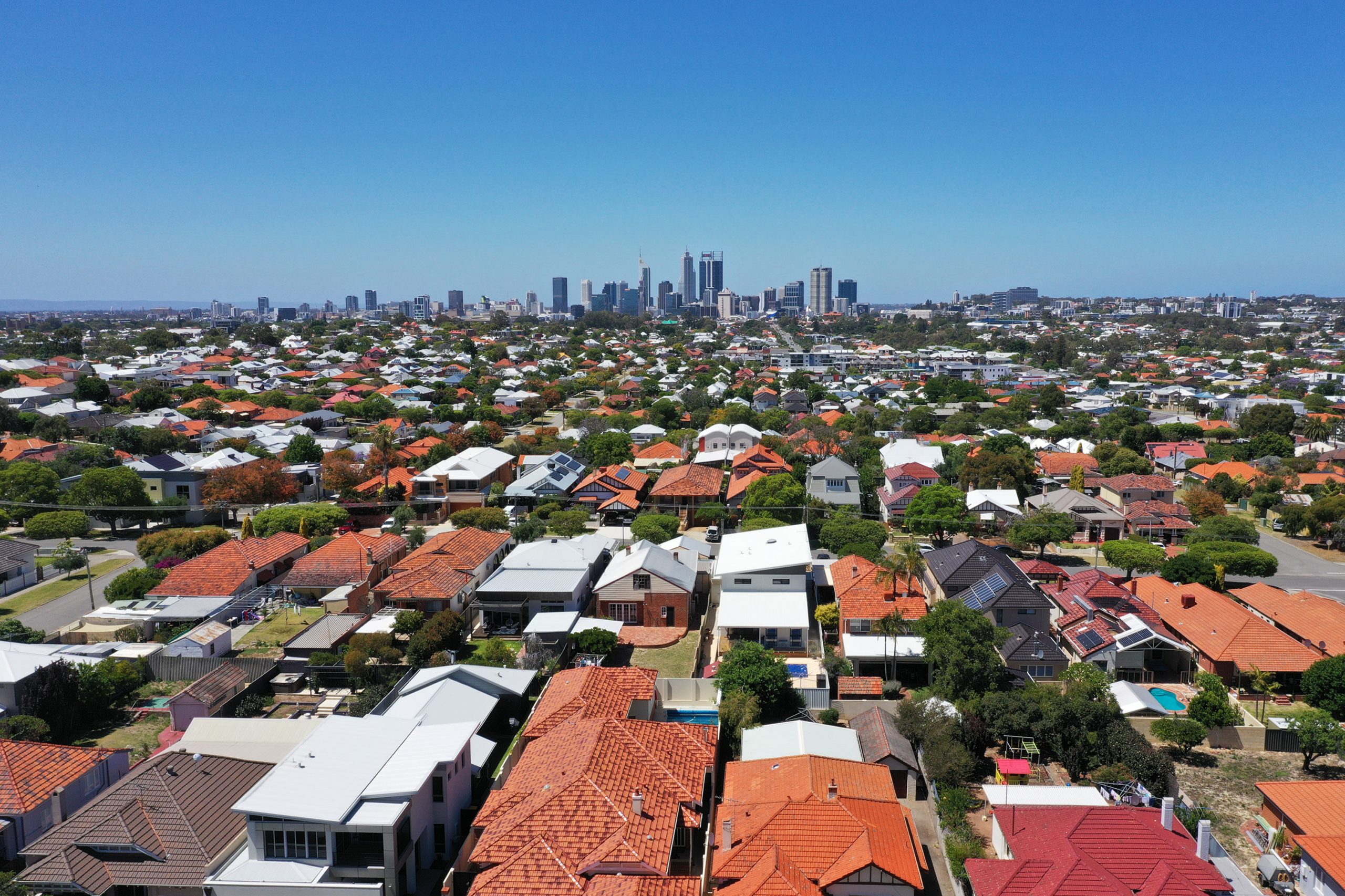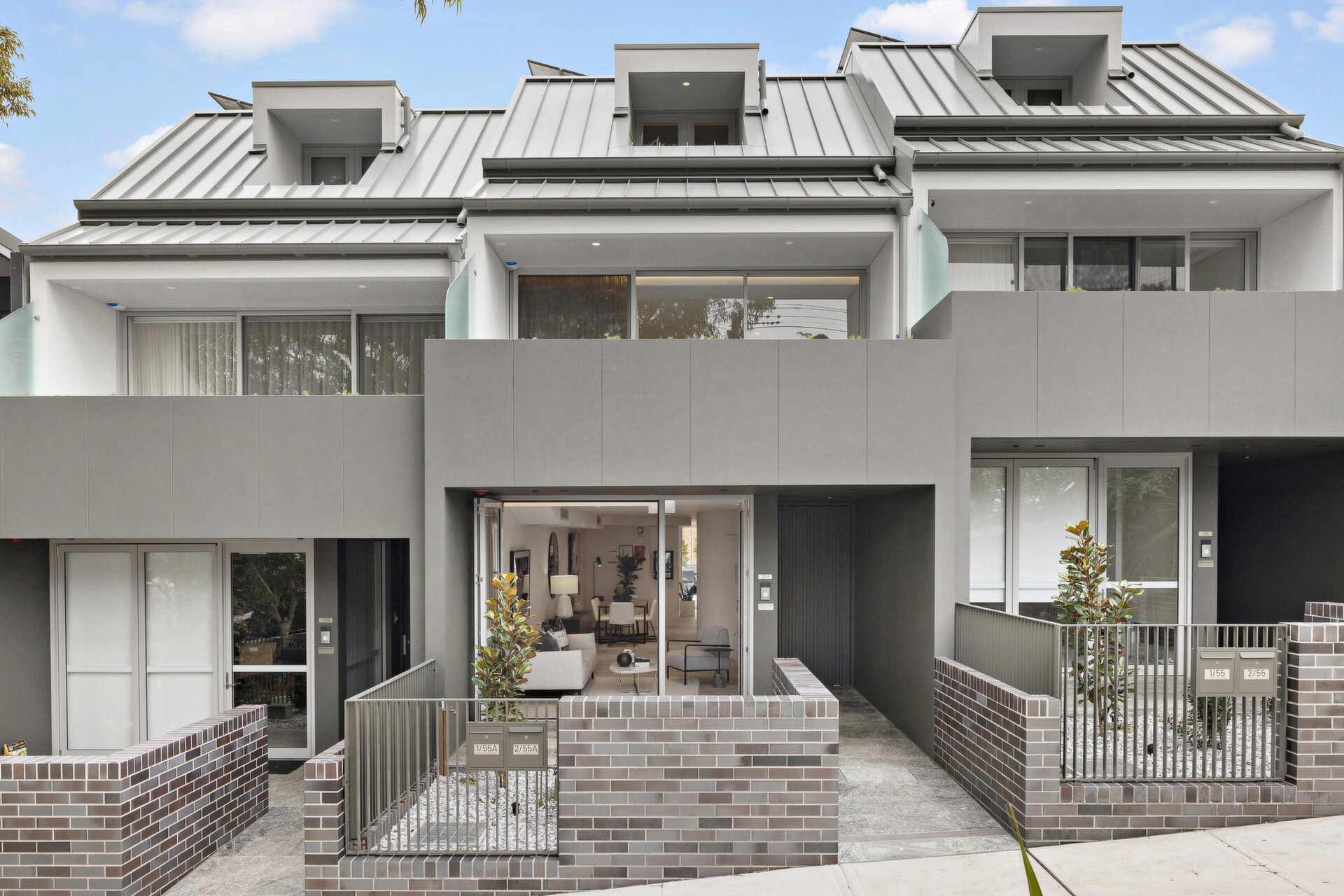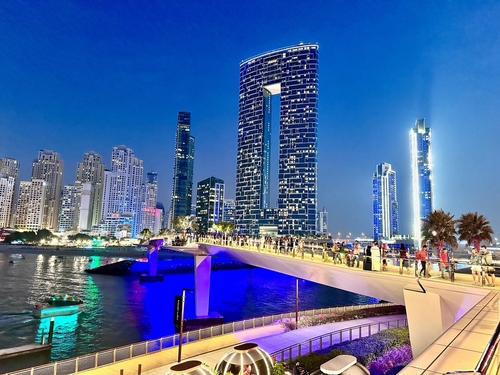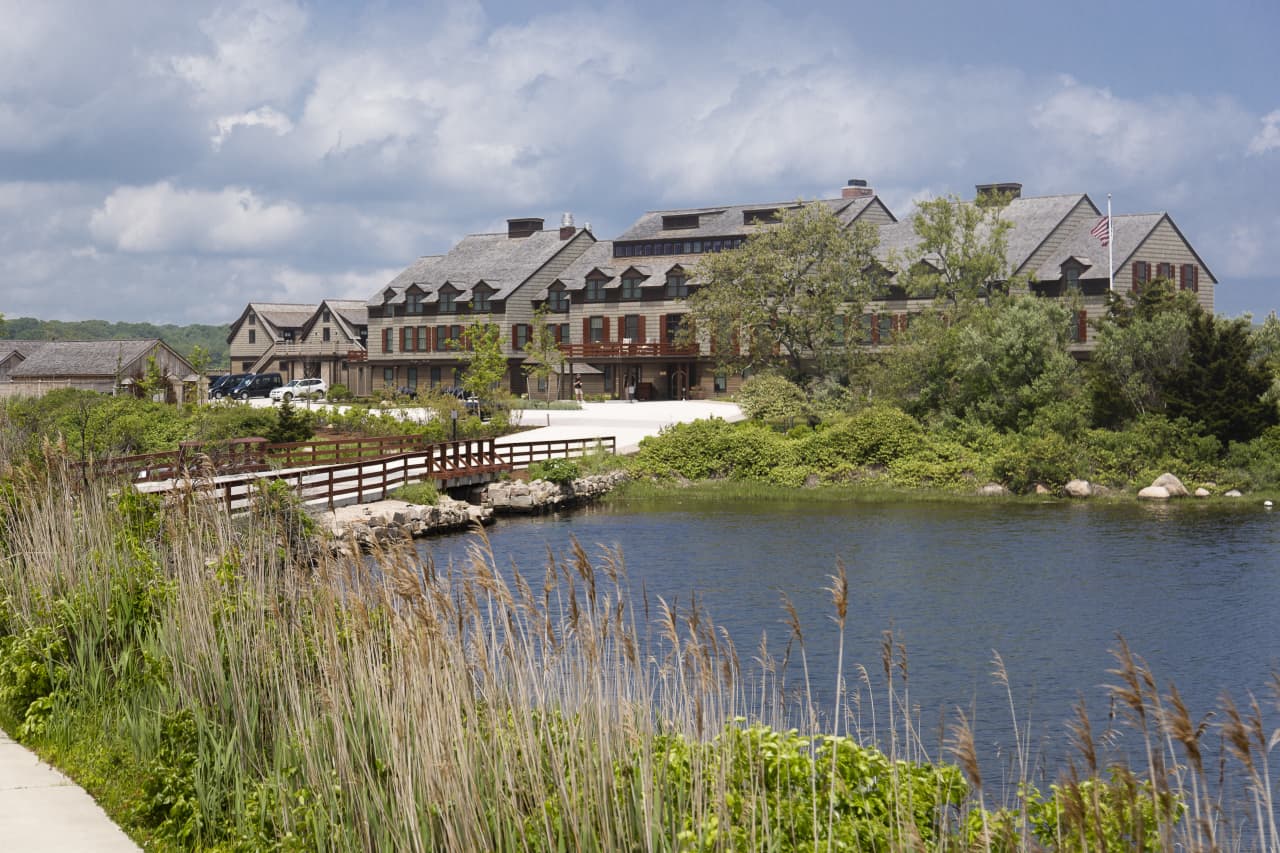Tokyo Hopes Rooftop Solar Mandate Will Help It Get Through Hot Summers
Like California, the Japanese capital wants the sun to power new homes, but some call policy ineffective and too reliant on China
TOKYO—Heat waves this summer are pushing Tokyo’s power grid near the limit. The city of 14 million has mandated installing solar panels on new single-family homes to get some breathing room—even if it has to buy most of the panels from China.
The policy in one of the world’s largest metropolises is a test case for whether solar power makes sense on urban rooftops. The idea has long drawn attention as a way to fight global warming but has advanced relatively slowly worldwide, apart from a rooftop solar mandate in California pushed by Democratic Govs. Jerry Brown and Gavin Newsom.
“We need to prepare to protect not only our national security, but also the energy security of individual households,” Tokyo Gov. Yuriko Koike, the architect of the mandate, said in an interview.
Koike has had panels on her own house for a decade. As a government minister, she created a “Cool Biz” plan that led Japanese salarymen to ditch suits and ties in summertime so they could keep the thermostat higher.
In the Land of the Rising Sun, Koike said, “we unfortunately aren’t rich in oil and gas, but wouldn’t it be fitting if we could instead harness the sun?”
Proponents say more rooftop solar would help on hot summer days when electricity demand peaks, and make the city resilient if an earthquake or typhoon knocked out the power grid.
The downsides: More solar also means higher electricity bills, including for lower-income apartment dwellers, because homeowners with rooftop panels can sell their excess power to the grid at an above-market rate. Even with the mandate, solar power generated in Tokyo is projected to supply only 4% of the city’s electricity in 2030.
“We cannot have a sufficient amount of power generation just by having solar panels on limited rooftops,” said Tatsuya Terazawa, head of the government-affiliated Institute of Energy Economics, Japan.

Still, Koike said it is important to move toward carbon-neutral electricity and help Japan buy less Russian natural gas.
The city predicts that by 2050, half of Tokyo’s current structures will be replaced. “By targeting newly built houses, we can decide the future 50 years from now,” Koike said.
Tokyo’s mandate, released last December, will initially apply only to about 50 of the largest home builders in the city, which it says account for around three-fifths of new homes. Starting in April 2025, those builders will be given a quota that will in effect require them to put panels on most new homes, while allowing them leeway to forgo solar in cases where the roof is too small or lacks sunlight exposure.
“We want companies to make sure that wherever you can put them, you put as many as you can,” said city environmental official Toshifumi Fukuyasu.
Japan relies on imported natural gas and coal for most of its electricity, and Russia supplies about one-tenth of its natural gas. The power company serving the capital, Tokyo Electric Power, or Tepco, isn’t operating any nuclear plants currently after the meltdowns at its Fukushima Daiichi plant in 2011.
In March 2022, the city came dangerously close to running short of electricity on a cold day, and it faced another crunch months later during a heat wave.
Tepco has managed to keep the lights on this summer, despite weeks of sweltering weather in which the thermometer consistently topped 95 degrees. Still, it says it worries about electricity running short, and the city encourages people to keep their homes at 82 degrees.
Tokyo University professor Yumiko Iwafune, who studies energy demand, said that even if rooftop solar panels don’t generate much electricity overall, they still can help households become self-sufficient on summer days, lessening demand on Tepco.
Tokyo has drawn comparisons between its policy and California’s rooftop solar mandate, which took effect in 2020 and similarly applies to new low-rise residential buildings. The California Energy Commission estimates that 150,000 new homes covered by the law have been constructed with solar panels.
Newsom, the governor, said in May 2022 that rooftop solar is “an industry that is essential to our state’s future.” California expanded its mandate last year to encompass certain new commercial buildings.
But the state’s mandate is contentious even among advocates of renewable energy, some of whom say it would be cheaper to build large solar and wind installations.
James Bushnell, an economics professor at the University of California, Davis, said rooftop solar mandates tend to raise electricity bills for people who don’t have solar because grid operators often pay higher prices for home-generated electricity. “A large ‘benefit’ of solar is in fact a shift of costs onto other, often lower-income non-home owning customers,” Bushnell wrote in an email.
Another problem in Japan is its lack of domestically produced solar panels, although it was once a leader in the technology.
According to the International Energy Agency, China produces around 85% of the globe’s solar cells and 95% of key components needed to make them.
“We’ve realised we can’t win against China,” said a spokesman for the Japan Photovoltaic Energy Association, an industry group representing companies in the solar-energy business.
Unlike the U.S., Japan still permits the import of solar panels with materials sourced from China’s Xinjiang region, where the U.S. has alleged the Beijing government has carried out genocide against the Uyghur ethnic group. Beijing denies that.
“Most people aren’t very aware about the human-rights violations associated with solar panels. They think of it as a good thing because of the environment,” said Taishi Sugiyama, a research director at the Canon Institute for Global Studies, a Tokyo-based think tank. He said Tokyo should scrap its solar mandate.
Fukuyasu, the Tokyo city official, said he agreed Japan needed more suppliers of solar panels. “But in Tokyo, we need solar to create a zero-emission society, and we can’t postpone that,” he said.
 Copyright 2020, Dow Jones & Company, Inc. All Rights Reserved Worldwide. LEARN MORE
Copyright 2020, Dow Jones & Company, Inc. All Rights Reserved Worldwide. LEARN MORE
This stylish family home combines a classic palette and finishes with a flexible floorplan
Just 55 minutes from Sydney, make this your creative getaway located in the majestic Hawkesbury region.
Excluding the Covid-19 pandemic period, annual growth was the lowest since 1992
Australia’s commodity-rich economy recorded its weakest growth momentum since the early 1990s in the second quarter, as consumers and businesses continued to feel the impact of high interest rates, with little expectation of a reprieve from the Reserve Bank of Australia in the near term.
The economy grew 0.2% in the second quarter from the first, with annual growth running at 1.0%, the Australian Bureau of Statistics said Wednesday. The results were in line with market expectations.
It was the 11th consecutive quarter of growth, although the economy slowed sharply over the year to June 30, the ABS said.
Excluding the Covid-19 pandemic period, annual growth was the lowest since 1992, the year that included a gradual recovery from a recession in 1991.
The economy remained in a deep per capita recession, with gross domestic product per capita falling 0.4% from the previous quarter, a sixth consecutive quarterly fall, the ABS said.
A big area of weakness in the economy was household spending, which fell 0.2% from the first quarter, detracting 0.1 percentage point from GDP growth.
On a yearly basis, consumption growth came in at just 0.5% in the second quarter, well below the 1.1% figure the RBA had expected, and was broad-based.
The soft growth report comes as the RBA continues to warn that inflation remains stubbornly high, ruling out near-term interest-rate cuts.
RBA Gov. Michele Bullock said last month that near-term rate cuts aren’t being considered.
Money markets have priced in a cut at the end of this year, while most economists expect that the RBA will stand pat until early 2025.
Treasurer Jim Chalmers has warned this week that high interest rates are “smashing the economy.”
Still, with income tax cuts delivered at the start of July, there are some expectations that consumers will be in a better position to spend in the third quarter, reviving the economy to some degree.
“Output has now grown at 0.2% for three consecutive quarters now. That leaves little doubt that the economy is growing well below potential,” said Abhijit Surya, economist at Capital Economics.
“But if activity does continue to disappoint, the RBA could well cut interest rates sooner,” Surya added.
Government spending rose 1.4% over the quarter, due in part to strength in social-benefits programs for health services, the ABS said.
This stylish family home combines a classic palette and finishes with a flexible floorplan
Just 55 minutes from Sydney, make this your creative getaway located in the majestic Hawkesbury region.
















